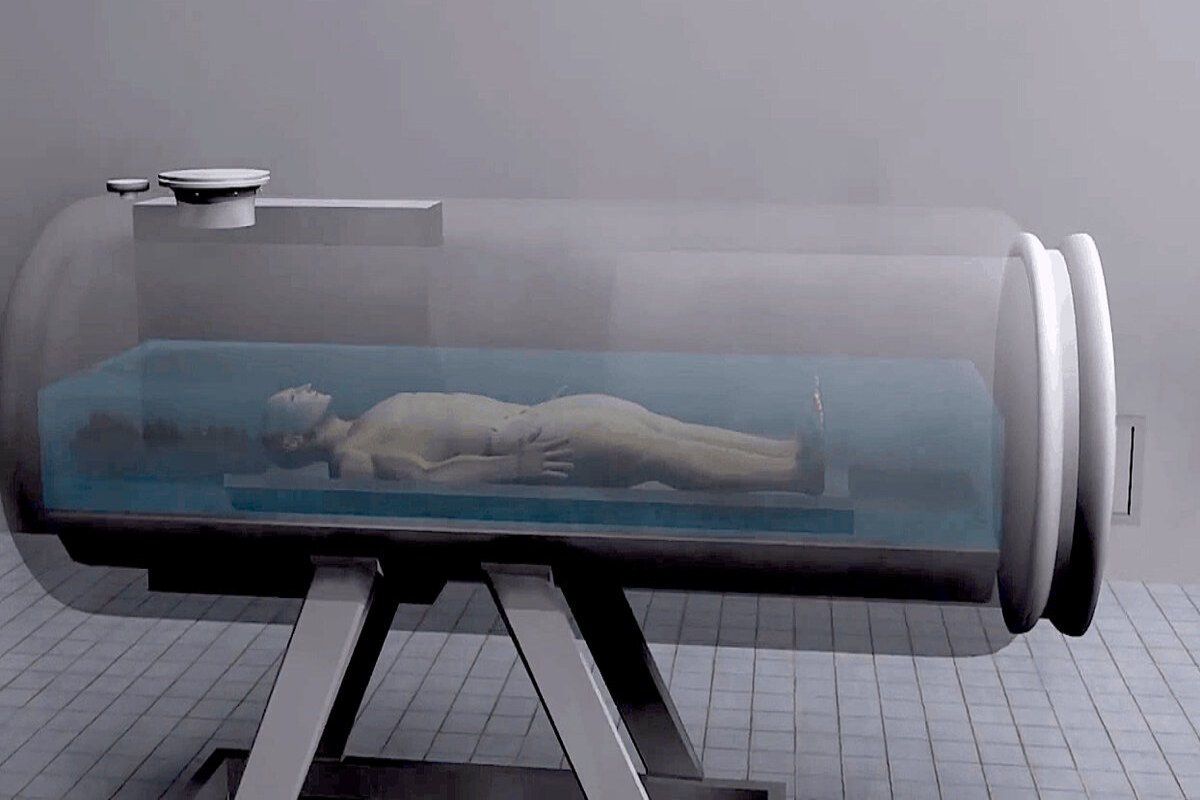We are aware of the hardships associated with losing a loved one. Making the choice of how to bury them might be harder. Are they to be interred? Cremated? It’s okay if you don’t know the answers to these queries! To help you through this trying time, we have put together a list of several alternatives to a typical burial. For further information that can help you while dealing with a funeral home, spend some time reading over our list of the top burial alternatives.
Table of Contents
Classic Cremation
The common practice of cremation is the alternative to a traditional burial that is most well known. This occurs when the corpse is burned at extremely high temperatures until only the bones and ash are left. Many individuals are choosing cremation since it is less expensive compared to a typical burial, which costs more and more each year. Yet, cremation cost are also rising and range from $2,000 to $7,000. Giving the funeral home an urn or other cremation container is one way to offset these hefty costs.
Aquamation
Aquamation, often known as liquid cremation, is a relatively recent method of interment. Because it consumes only approximately a fifth of the energy of flame-based cremation, it is regarded as being more environmentally friendly than conventional funeral customs. It simply leaves behind bone, which is mechanically broken down into dust and put in an urn. The process’s output liquid can be safely disposed of in municipal wastewater systems.
Human Composting
Recomposting, also known as human composting, is a new type of funeral service that’s being employed in Washington state. Here, a human body is composted using a method akin to the reduction of organic waste in a garden composter. The method is a considerably more environmentally friendly and energy-efficient approach to get rid of human remains. It involves encasing a person in a capsule made of wood chips, straw, and microorganisms that are adept at eating organic material. The process to turn leftovers into what is essentially fertilizer takes roughly a month. For a few more weeks, this material is further reduced in a “curing bin”. The result is dirt, which can either be given back to the family or, in the case of a conservation area in Washington state, utilized to revive a forest. In Canada, human composting is still illegal.
Mushroom Coffin
Myco-remediation is the process by which fungi degrade hazardous substances in the environment, and mushrooms are masters at it. With its Living Cocoon, a person-sized box constructed entirely of durable fungus fibers known as mycelium, Loop, a Dutch business, is implementing this concept for human interment. The body will eventually be eaten, and the surrounding soil will be improved. Even while they may not have imagined themselves walking out and being “devoured by mushrooms,” it is an idea that appeals to the green at heart.
Contribute to Modern Medicine
Several medical institutions have an anatomical gift program, and donated cadavers are crucial to medical education and research. Before doing surgery on a live patient, medical students frequently use donated cadavers to practice anatomy and surgical methods. As an extra benefit, most medical schools pay for transportation (often within a predetermined area) as well as cremation once they have completed using the cadaver, making it one of the least expensive ways to dispose of the body.

